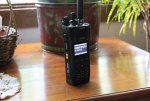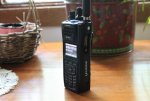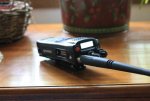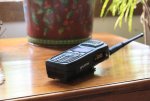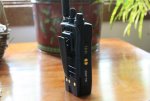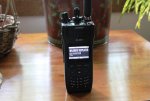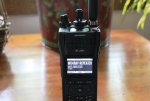- Joined
- Sep 8, 2002
- Messages
- 4,019
- Reaction score
- 1,434
Sure, to have perfect end to end coverage with cell-class tower sites, you'd need LOTS of them. For full wifi coverage, you'd need even more.
But it's actually a practical and reasonable idea to build out systems to cover the metropolitan and urban areas in many places, while retaining a need for bigger, longer range sites for rural area coverage.
Look at the cost model: 20 channel trunking site with 300 foot tower: What's that going to cost, at least a million bucks? I'm not really sure. A cell site is a few hundred grand. A wifi access point can be under a hundred bucks for an indoor unit and run a few thousand for a longer range outdoor access point like a Cisco 1520. Let's say 2000 bucks for one of those. It'll cover several city blocks, depending on building construction types. And a couple hundred of them will give more thorough coverage in an urban environment than a centrally located trunking site, at lower cost.
You could even run even higher numbers of small outdoor rated access points in the 500 dollar range, like the Cisco 1310 and similar models, giving coverage in detail.
Granted, you're not going to blanket the entire county with tens of thousands of WAPs spaced a few hundred feet apart, but it's a viable option in the urban areas and actually some internet service providers have been setting up public wifi systems that already cover large portions of several cities, and are planned to eventually give complete coverage over entire cities.
A mix is the best solution. I'd say, densely packed WAPs in the urban jungle, longer range access points in the suburb and light industrial areas, cell type sites in the fringe areas, and full scale trunking sites for rural coverage and longer distances.
But it's actually a practical and reasonable idea to build out systems to cover the metropolitan and urban areas in many places, while retaining a need for bigger, longer range sites for rural area coverage.
Look at the cost model: 20 channel trunking site with 300 foot tower: What's that going to cost, at least a million bucks? I'm not really sure. A cell site is a few hundred grand. A wifi access point can be under a hundred bucks for an indoor unit and run a few thousand for a longer range outdoor access point like a Cisco 1520. Let's say 2000 bucks for one of those. It'll cover several city blocks, depending on building construction types. And a couple hundred of them will give more thorough coverage in an urban environment than a centrally located trunking site, at lower cost.
You could even run even higher numbers of small outdoor rated access points in the 500 dollar range, like the Cisco 1310 and similar models, giving coverage in detail.
Granted, you're not going to blanket the entire county with tens of thousands of WAPs spaced a few hundred feet apart, but it's a viable option in the urban areas and actually some internet service providers have been setting up public wifi systems that already cover large portions of several cities, and are planned to eventually give complete coverage over entire cities.
A mix is the best solution. I'd say, densely packed WAPs in the urban jungle, longer range access points in the suburb and light industrial areas, cell type sites in the fringe areas, and full scale trunking sites for rural coverage and longer distances.


